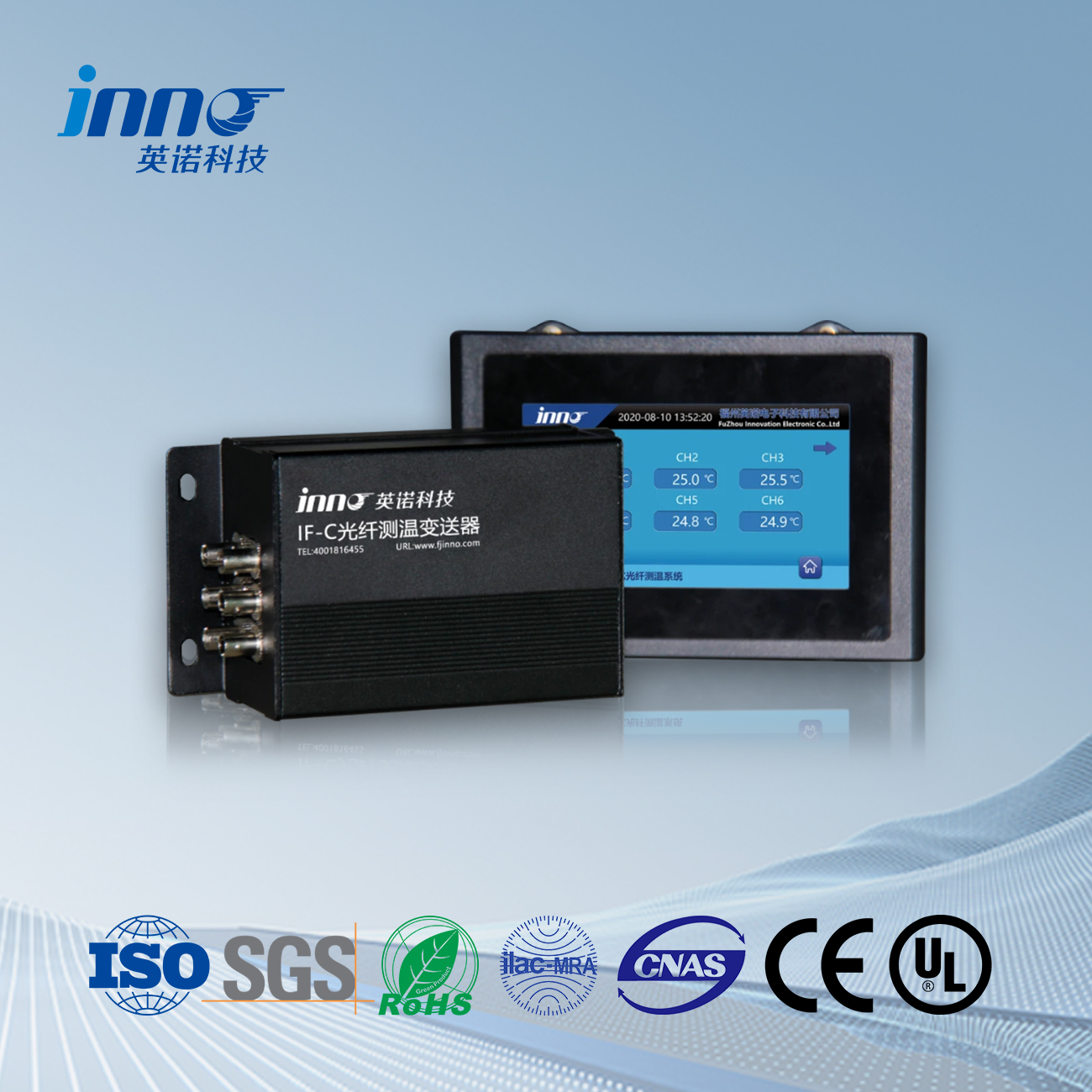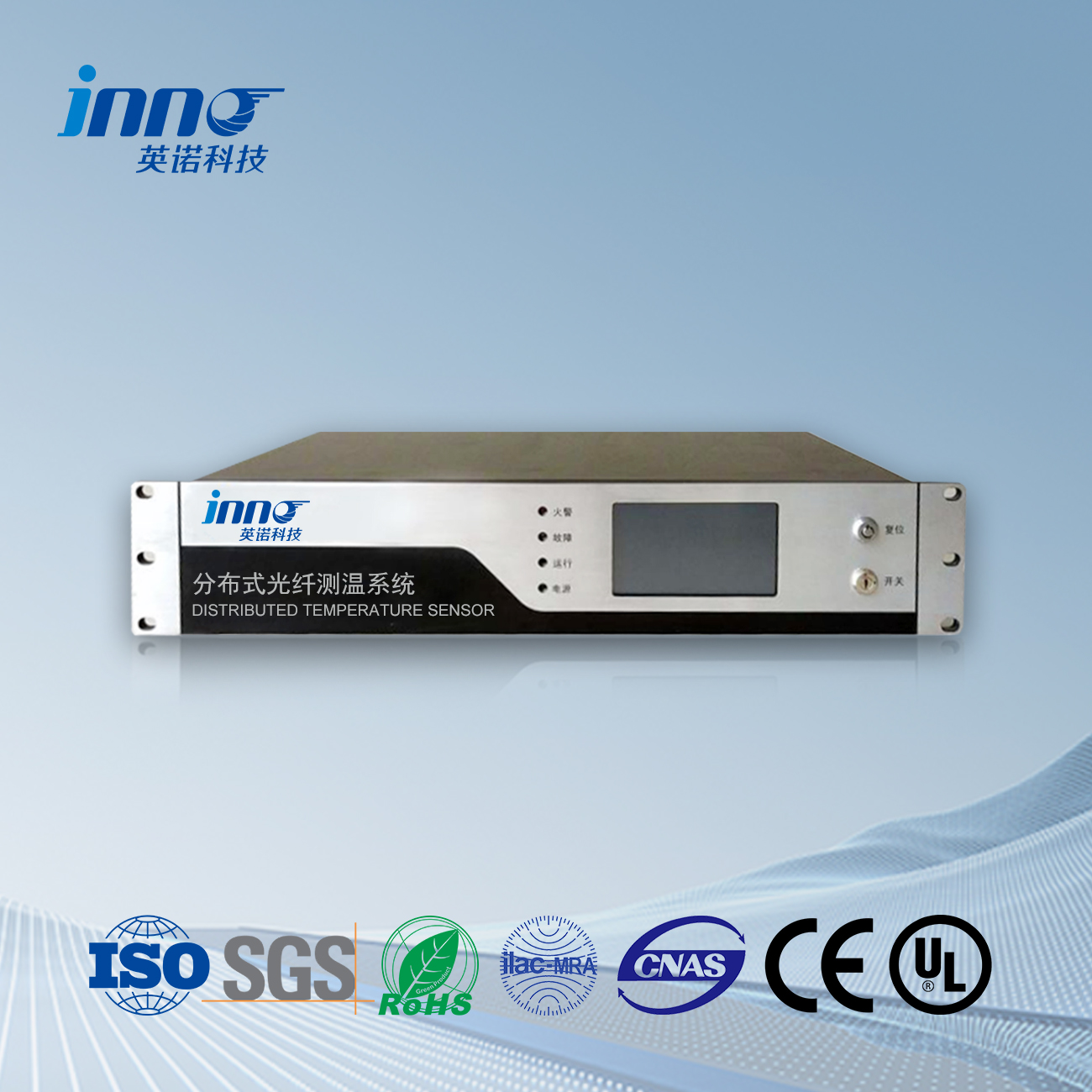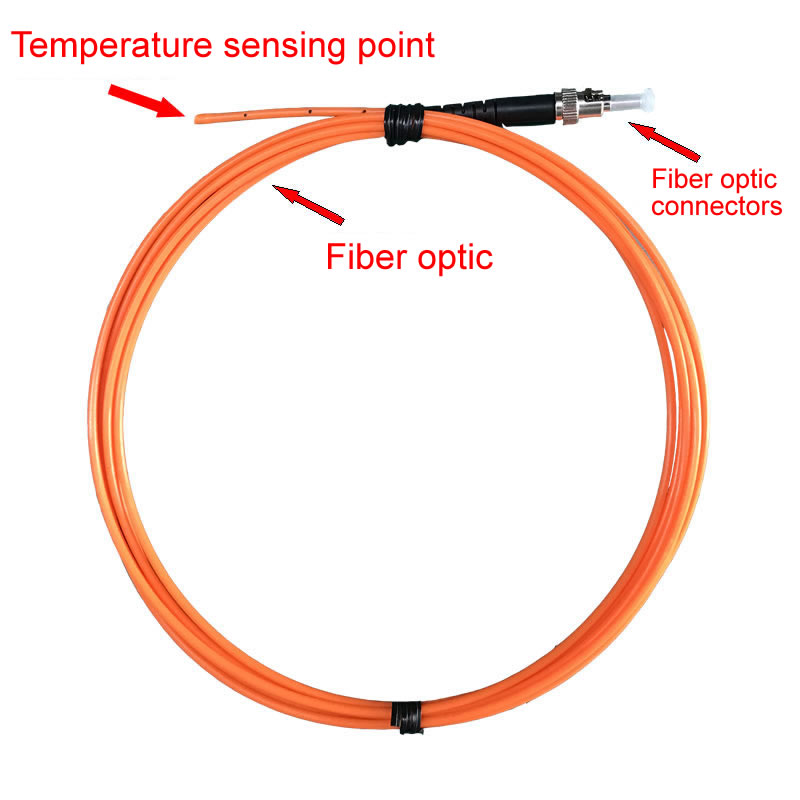Key Advantages of Fiber Optic Temperature Sensors
Fiber optic temperature sensors outperform traditional thermocouples in critical applications due to:
- Immunity to EMI: Unaffected by electromagnetic interference, ideal for industrial/military environments.
- High Accuracy: ±0.1°C precision vs. thermocouples’ ±1-2°C range.
- Long-Distance Monitoring: Measure up to 10km away without signal loss.
- Intrinsic Safety: No electrical components – perfect for explosive/flammable settings.
- Multipoint Sensing: Monitor 100+ points on single fiber vs. individual thermocouple wiring.
Fluorescent Fiber Optic Sensor Benefits
Advanced fluorescent technology adds unique capabilities:
- Self-Referencing: Built-in calibration eliminates drift issues common in thermocouples.
- Chemical Immunity: Withstands corrosive environments destroying metal thermocouples.
- Nanosecond Response: 100x faster reaction than Type K thermocouples.
- MRI Compatibility: Safe for medical imaging where metal sensors fail.
- Lifetime Sensing: Measures temperature through phosphor decay characteristics.
Application Domination
Fiber sensors excel where thermocouples struggle:
- High-voltage substations (no arcing risk)
- Microwave sterilization processes
- Oil/gas downhole monitoring
- Aerospace composite curing
- Bioreactor control systems
ʻIke wela optic, Pūnaehana nānā naʻauao, Hāʻawi ʻia ka mea hana fiber optic ma Kina
 |
 |
 |
 INNO nā mea ʻike wela optic ,ʻōnaehana nānā wela.
INNO nā mea ʻike wela optic ,ʻōnaehana nānā wela.

